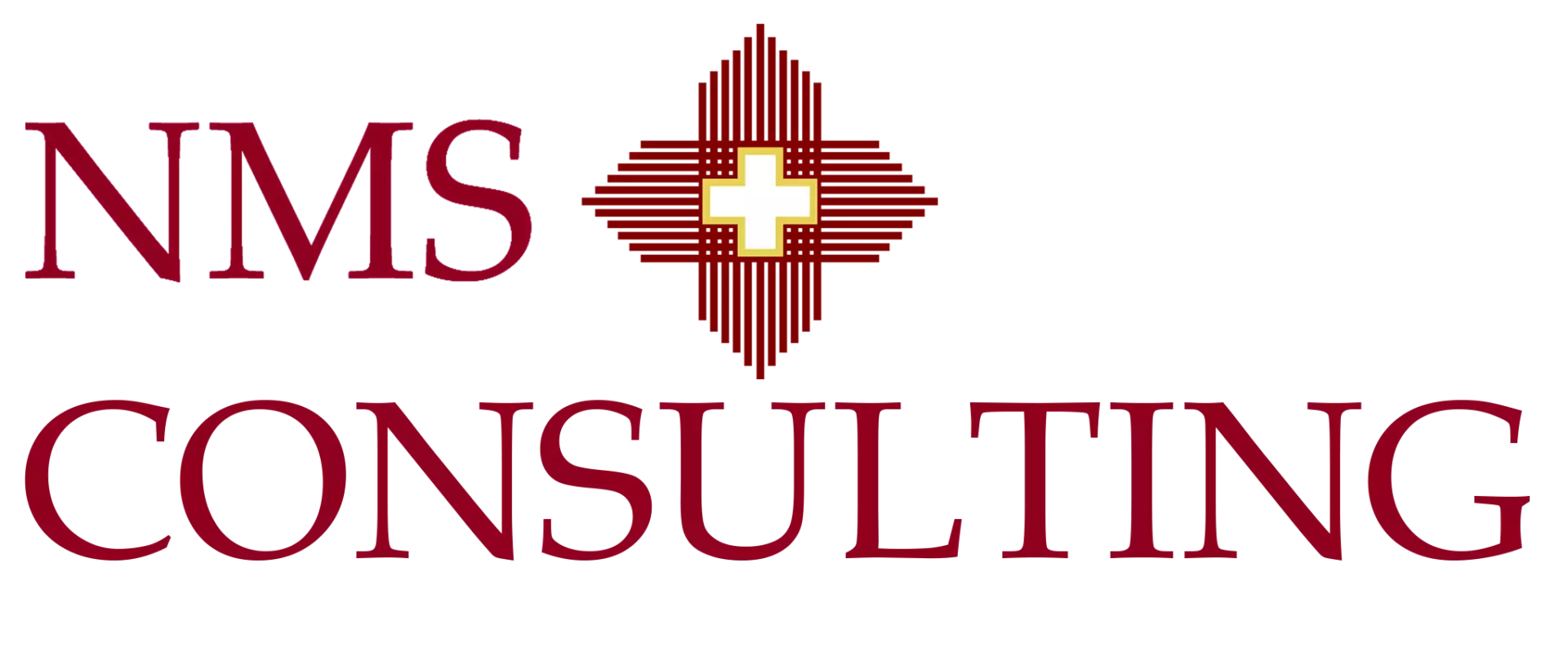Interim Management Services Guide 2025: Turnaround, Gap Coverage, Transformation, PMO and Results

Published: • Updated:
Interim management places an experienced leader to deliver a specific outcome on a fixed timeline. It helps when you cannot wait months for a permanent hire and you need measurable progress on turnaround, transformation, or PMO. Expect rapid diagnosis, a 30-60-90 plan, weekly governance, and clear exit criteria.
Need a fast stabilize-and-deliver plan? Talk to an interim leader
What Is Interim Management?
Interim management is a time-bound executive engagement focused on outcomes. Typical mandates cover gap coverage, program recovery, integration management, or full operational turnaround. Interims are hired for their track record and work to a value case with milestones, not an open-ended role.
Why Now
| Finding | Figure | Source |
|---|---|---|
| Change or transformation is the principal role type for interims | 39% share | IIM Interim Management Survey 2024 |
| Average interim day rate | £873 per day | IIM Interim Management Survey 2024 |
| Average time to fill C-suite roles permanently | 120–149 days | Forbes; Genius Stats |
| Project under-delivery waste without disciplined delivery | 11.4% of investment | PMI Pulse of the Profession |
These data points show why interim management services are used to bridge leadership gaps and protect value during critical change.
What Do Interim Managers Do?
Turnaround and Cash Protection
- Stabilize operations and set a short list of cash and cost actions.
- Reset supplier and vendor terms; align inventory and service levels.
- Install daily and weekly performance rhythm with targets.
Gap Coverage and Role Continuity
- Hold critical executive accountabilities while a search runs.
- Protect customer and partner commitments during leadership gaps.
- Hand over clean processes and documentation to the permanent hire.
Transformation and Integration
- Lead program recovery and PMO governance with clear KPIs.
- Guide integration workstreams across finance, supply chain, and IT.
- Coach sponsors and managers to keep adoption on track.
PMO and Program Recovery
- Re-plan scope, timeline, and risk with weekly decision cadence.
- Connect budget to outcomes; track benefits realization.
- Reduce rework and missed milestones that create waste.
How To Start In 30 Days
- Diagnose. Confirm the value case, risks, and two measurable wins.
- Set the 30-60-90. Name owners, checkpoints, and exit criteria.
- Govern. Weekly decision forums; publish KPIs and blockers.
- Hand-off. Document processes, train the team, and transition to the permanent leader.
Want a starter plan? We can scope a 30-day stabilize sprint and a 90-day delivery roadmap with your sponsors. Request an interim review
FAQ
How Long Does An Interim Assignment Last?
Assignments commonly run for several months based on scope and exit criteria. Many end once KPIs are met and the permanent hire is onboarded.
How Fast Can An Interim Be Deployed?
Often within weeks. This rapid deployment is valuable when permanent searches for senior roles can take 120–149 days source.
How Are Interims Priced?
Day rates reflect scope and sector. The IIM 2024 survey cites an average of £873 per day across roles source.
Related Reading
- Interim Management Services
- What Is Interim Management?
- What Does An Interim Manager Do?
- Corporate Turnaround And Restructuring
- Change Management
- Business Transformation
- Post Merger Integration
Sources
- Institute of Interim Management. Interim Management Survey 2024. https://iim.org.uk/wp-content/uploads/_pda/2024/07/IIM-Interim-Management-Survey-Report-2024_v15.0.pdf
- Forbes. Revolutionizing C-Suite Recruitment: A New Era Of Executive Search. https://www.forbes.com/sites/rhettpower/2024/04/14/revolutionizing-c-suite-recruitment-a-new-era-of-executive-search/
- Genius. Average Time To Hire By Industry. https://joingenius.com/statistics/average-time-to-hire/
- PMI. The High Cost of Low Performance. https://www.pmi.org/learning/library/forging-future-focused-culture-11908
About the Author
Aykut Cakir, Senior Partner and Chief Executive Officer, has a demonstrated history in negotiations, business planning, business development. He has served as a Finance Director for gases & energy, pharmaceuticals, retail, FMCG, and automotive industries. He has collaborated closely with client leadership to co-create a customized operating model tailored to the unique needs of each project segment in the region. Aykut conducted workshops focused on developing effective communication strategies to ensure team alignment with new operating models and organizational changes.




